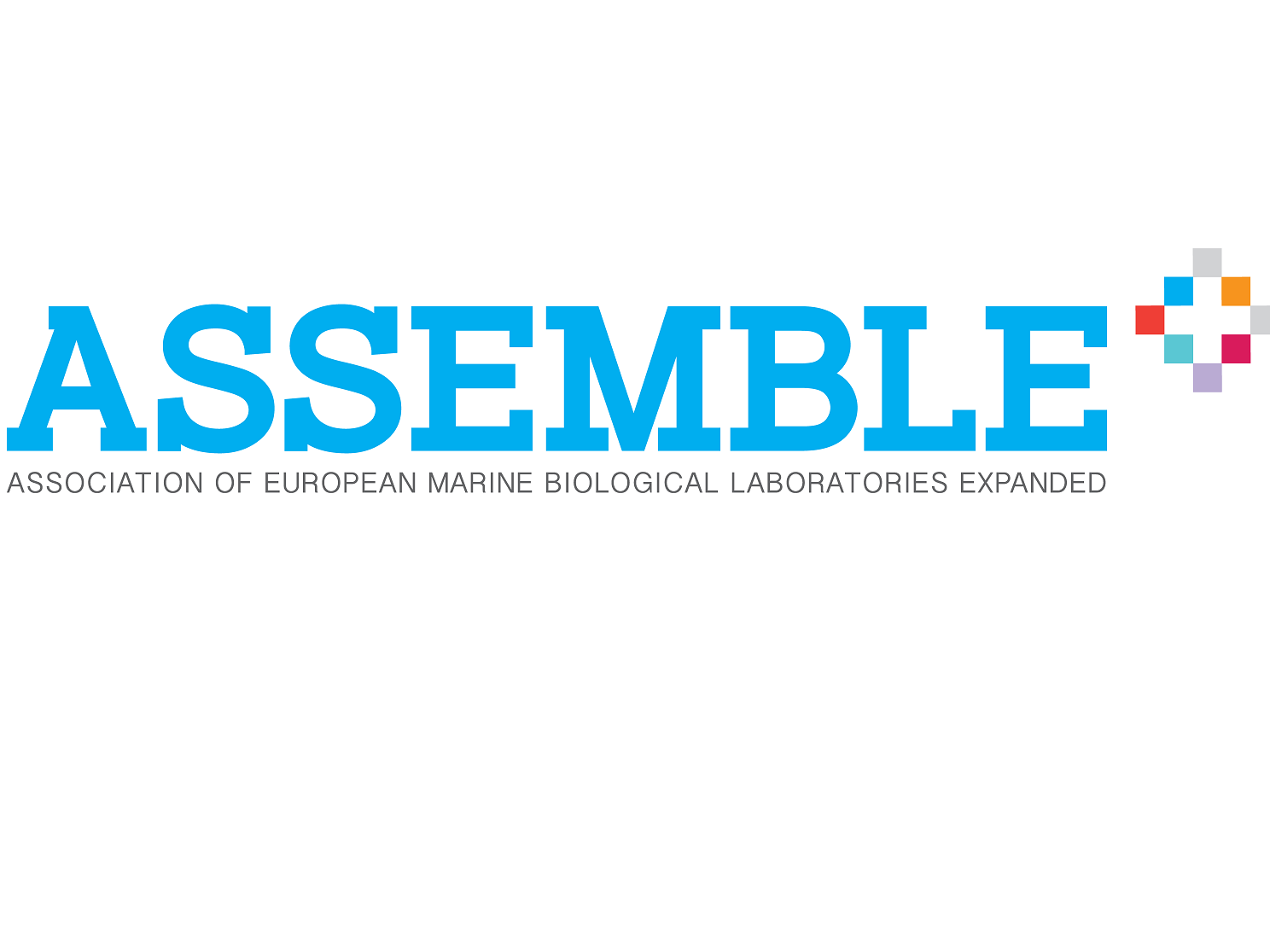Marine and coastal vegetation may act as barriers for microplastics
Microplastics (particles less than 5mm) are probably the most abundant plastic debris polluting our oceans. They impact every level of marine food chains and contribute to environmental damage by releasing their harmful chemical additives into the environment. To combat the negative effects of these particles, it is vital to understand how they behave in marine and coastal environments. A new study by researchers from Portugal, Sweden and Norway is the first to demonstrate, under experimental conditions, that marine and coastal vegetated ecosystems can act as potential barriers for microplastics. The research was supported by a Transnational Access grant from the EU Horizon 2020 project, ASSEMBLE Plus. The researchers created a model coastal habitat using a species of seagrass, Zostera marina as the vegetation and different types of industrial pellets to represent particles of microplastics. "Our goal was to identify which type of microplastics are most likely to be trapped in seagrass meadows, which seagrass densities are more likely to retain microplastics, and under which hydrodynamical conditions (flow velocity) trapping is more likely to occur", explains researcher Eduardo Infantes from the University of Gothenburg. The results showed that the model seagrass habitat can retain microplastic particles, but the amount of particles retained depends on the tested densities and flow velocity. As lead author, Carmen Santos, from the Centre of Marine Sciences (CCMAR) in the Algarve highlighted: "these ecosystems can retain particles and this capacity of retention is higher when the canopies are very dense and the velocity of the currents is low, yet it varies with the type of microplastic polymer". The results add to previous findings from a CCMAR research team which demonstrated that the plastic particle size, specific vegetation type and the tidal position all influence the amount of macro and microplastics that accumulate in natural habitats. Published in the scientific journal Environmental Pollution, the new results provide the first experimental evidence that marine and coastal vegetated ecosystems can act as natural filters to help trap microplastics and therefore decrease the concentration of microplastics in open water. At the same time, high concentrations of microplastics within seagrass meadows and other aquatic canopy-forming ecosystems such as saltmarshes and mangroves can pose dangers to the many creatures that depend on these fragile habitats. The researchers highlight the need for environmental protection and conservation agencies to prioritise these vegetated habitats when assessing the impact of microplastics and developing strategies for preventing, controlling and removing microplastics from aquatic environments. Notes: Paper de los Santos, Carmen B., Krång, Anna-Sara, Infantes, Eduardo (2021). Microplastic retention by marine vegetated canopies: Simulations with seagrass meadows in a hydraulic flume. Environmental Pollution (269), https://doi.org/10.1016/j.envpol.2020.116050 Funding This project has received funding from the European Commission's Horizon 2020 research and innovation programme under Grant Agreement No 730984 (ASSEMBLE Plus). This output reflects the views only of the author(s), and the European Commission cannot be held responsible for any use which may be made of the information contained therein. The project began in October 2017 and will run until September 2021. The project is coordinated by Sorbonne Université. The study received Portuguese national funds from FCT - Foundation for Science and Technology through project UIDB/04326/2020 and through fellowship SFRH/BPD/119344/2016 to C.B.d.l.S. About ASSEMBLE Plus Website: assembleplus.eu Twitter: @ASSEMBLE_Plus About CCMAR/UALG: https://www.ccmar.ualg.pt/en For press queries, please contact Mercedes Arjona (mercedes.arjona@sorbonne-universite.fr)
Keywords
Microplastics, Seagrass, Plastic pollution, Macroalgae



